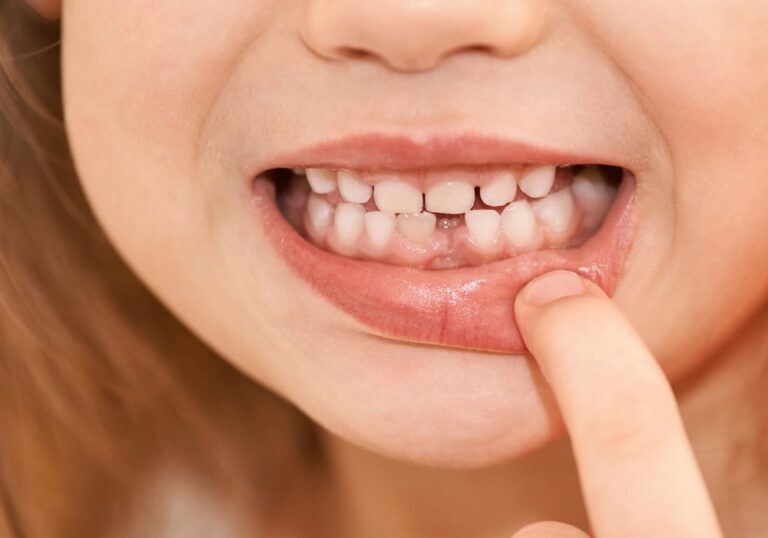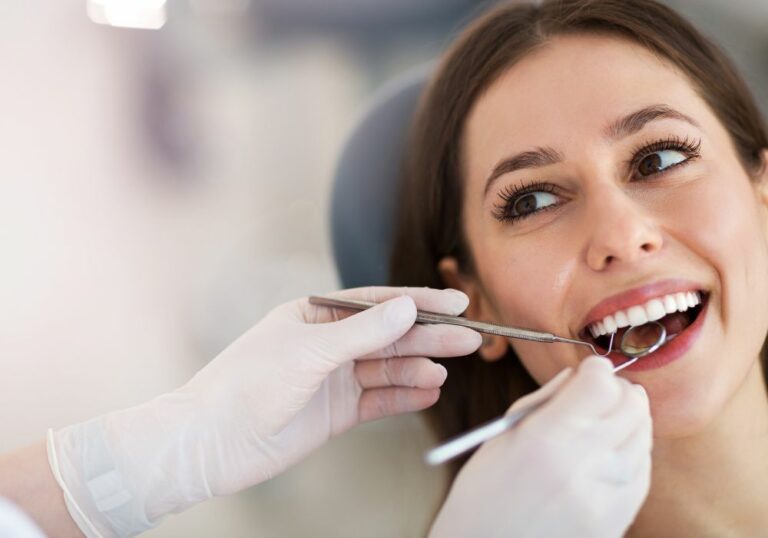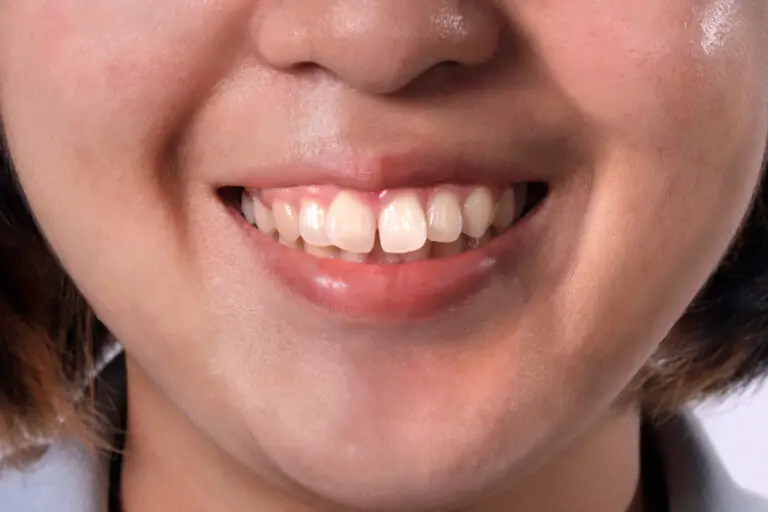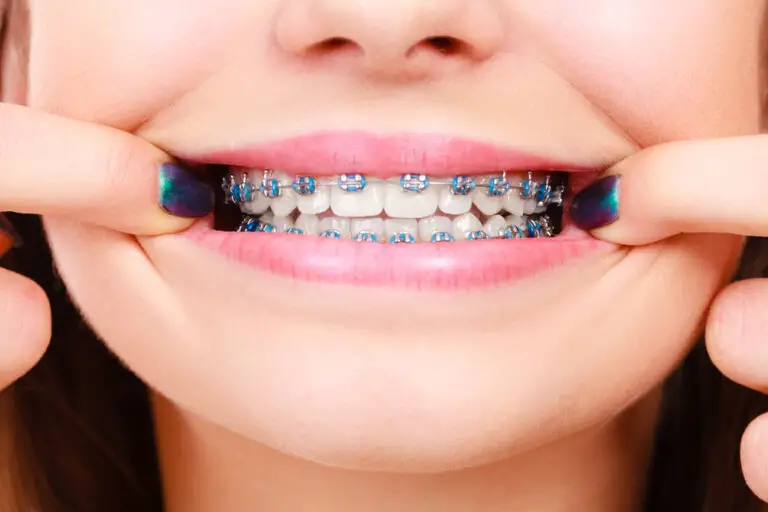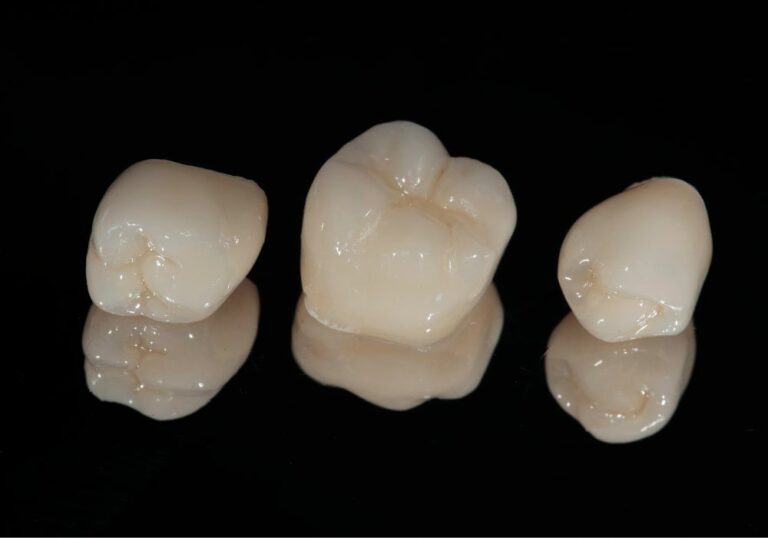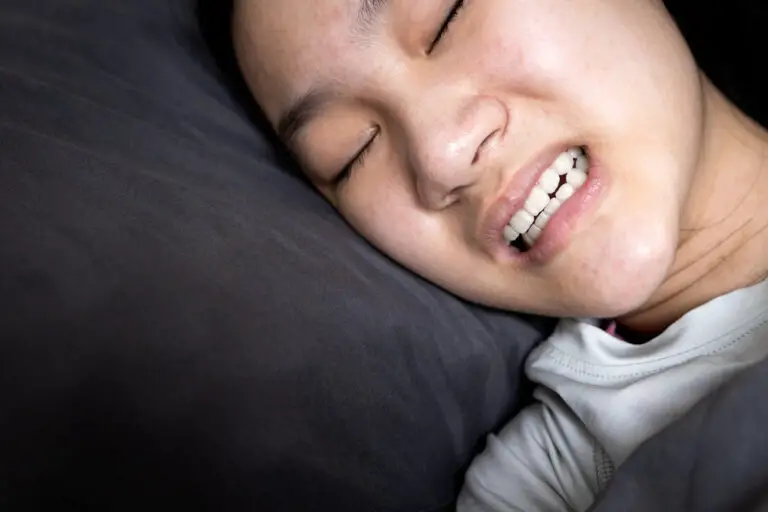Yellowing of puppy teeth is a common concern for many pet owners. While a slight yellow tint is normal as puppy teeth develop, significant discoloration can indicate poor dental health and the need for veterinary attention. This comprehensive guide covers all aspects of yellowing puppy teeth – causes, prevention, treatment, and frequently asked questions. Read on for a deep dive into maintaining your puppy’s radiant smile!
What Causes Yellowing and Staining of Puppy Teeth?
Puppies have 28 deciduous (baby) teeth that typically begin erupting around 3-4 weeks of age. These milk teeth gradually fall out over several months as the permanent adult teeth replace them. While puppy teeth are developing and erupting, it is common for them to appear slightly yellow due to their thinner enamel layer compared to adult teeth. However, severe yellowing or discoloration to brown, grey or black indicates a problem requiring treatment.
Retained Deciduous Teeth
Puppies normally begin shedding their baby teeth around 12-16 weeks as adult teeth push them out. Sometimes the roots of deciduous teeth don’t fully dissolve and the old teeth remain partially erupted alongside the new permanent teeth. Retained puppy teeth often appear yellow, brown or grey. Food and debris easily get trapped between the misaligned adult and baby teeth. These teeth require extraction to prevent infection, decay and misalignment of permanent teeth.
Tartar Buildup
Tartar is an accumulation of plaque and bacteria that has hardened into yellow or brown mineral deposits on teeth. Plaque starts forming within hours after eating as bacteria metabolize sugars and starches. As plaque accumulates, minerals in saliva harden it into tartar that adheres tightly to teeth. Tartar below the gumline also causes inflammation and receding gums. Puppies often get their first tartar buildup between 5-8 months as they transition to adult food and chewing habits. Thorough professional dental cleanings are needed to remove the large tartar deposits that readily form on puppy teeth.
Enamel Hypoplasia and Hypocalcification
Enamel hypoplasia refers to underdeveloped enamel that is thin and weak. Hypocalcification means the enamel lacks adequate mineralization and is porous or poorly calcified. These defects develop when puppy teeth are forming in utero and up to eight weeks after birth. Anything interfering with metabolism and nutrient uptake during this period can disrupt enamel maturation and result in permanent flaws. Enamel defects cause discolored, pitted areas prone to rapid plaque accumulation, tooth decay and fracturing. Treatment involves sealants and calcium-rich diets to try strengthening the enamel.
Genetics
Some breeds are genetically prone to tooth staining and early periodontal disease. Smaller dogs tend to have more plaque buildup leading to gingivitis. Dogs with shorter snouts like Shih Tzus, Boxers and Bulldogs often have misalignment and dental crowding that traps plaque. White dogs and those with lighter pigmented mouths appear to show more yellowing as the darker colors make it more visible against their teeth. While the extent can be minimized with vigilant care, dental problems are inherent risks in certain pedigree lines.
Fluorosis
Excessive fluoride intake while teeth are developing in utero and up to about eight months can cause fluorosis. Fluoride is meant to strengthen enamel but overexposure causes mottled, chalky, yellow-stained defects. Fluoridated water and some puppy vitamins contain fluoride. Using adult dog toothpaste too soon or training treats with sodium fluoride can overexpose puppies. Fluorosis staining is permanent but harmless, so long-term restrictions are advised more to improve appearance than health.
Medications and Illness
Certain illnesses, metabolic disorders, antibiotics like tetracycline, and radiation therapy in puppies have been associated with enamel hypoplasia or staining. The infection itself or medications given at critical growth stages can affect forming teeth. Pups with serious or chronic childhood illnesses should have lifelong diligent dental care to minimize defects and disease.
Trauma
Injuries to the mouth can damage the blood supply to teeth and cause discoloration. Puppies teething on hard objects or surfaces risk cracks and fractures, allowing stains to seep beneath the enamel. Knocks to teeth can cause internal bleeding and bruising that appears grey, black or yellowish. Any oral trauma in puppies should be evaluated to avoid long term tooth damage or loss. Prompt treatment like root canals, caps and restraint from further trauma can save injured teeth.
Miscellaneous Causes
- Bacteria and oral infections
- Congenital portosystemic shunts affecting liver function
- Liver, kidney or endocrine disease
- Reaction to canine distemper virus vaccination
- Smoke inhalation or burns
- Residual staining after orthodontic appliances are removed
- Contact with corrosive chemicals
Is Yellowing Normal in Puppies? How Much is Acceptable?
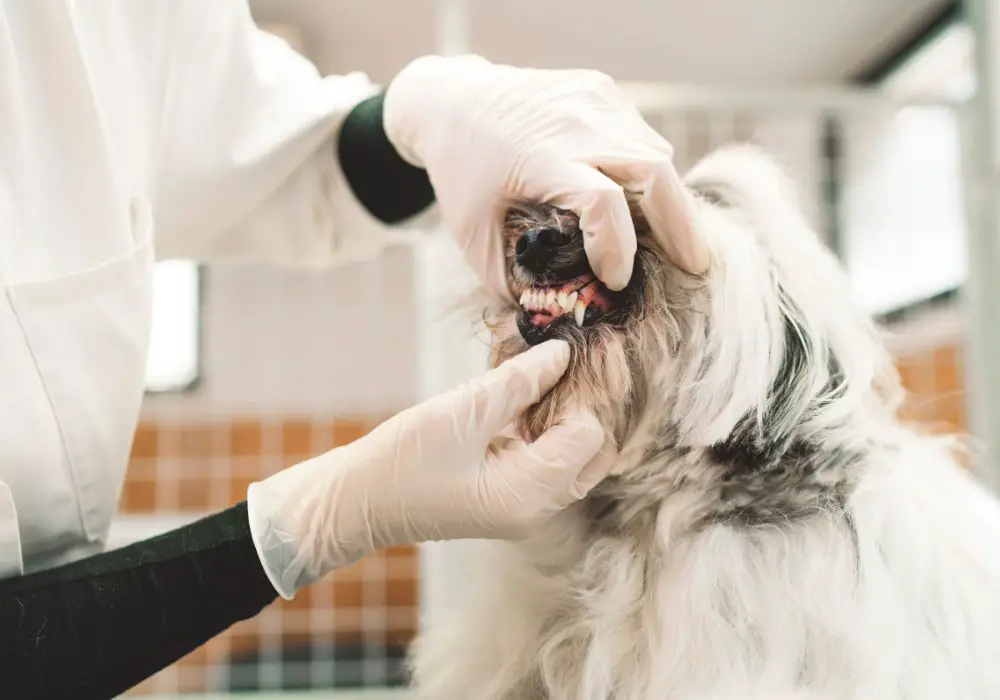
Mild yellowing of puppy teeth, especially back teeth, is generally normal and no cause for alarm on its own. However, pronounced discoloration, especially of front teeth, warrants evaluation. Here are some general guidelines on acceptable yellowing based on location and shade:
Slight Yellowish Tinge
A barely perceptible yellowish tinge is often normal on back puppy teeth. The thinner puppy enamel layer and smaller mouth size simply makes this harder to notice on adult dog teeth. This mild tinge typically improves with age as adult teeth erupt and with consistent tooth brushing.
Yellow-Brown Band on Tooth Crown
A distinct yellowish-brown band along the tops of teeth indicates the early formation of tartar. This is very common on puppies around 5-10 months as they transition to adult chewing habits. The accumulation of plaque and minerals into tartar starts along the gumline and spreads upward. This banding signifies a need for more consistent brushing and dental care to remove soft plaque before it hardens into tartar.
Chalky Yellow Mottled Areas
Irregular yellowish blotchy areas indicate enamel fluorosis from excess fluoride intake while teeth were developing. The mottled areas represent porous zones of hypomineralization. The staining is permanent but considered harmless and more of a cosmetic than health concern. Restricting fluoride exposure generally prevents it worsening but improvement is difficult.
Brown, Grey or Black Staining
Dark discoloration is never normal on puppy teeth. Brown, grey or black staining indicates issues like:
- Tooth resorption or infection
- Pulp necrosis – nerve dying due to decay or trauma
- Left in tetracycline antibiotic causing intrinsic staining
- Abscesses, cysts or tumors
- Periodontal disease with inflammation into the root
Dark staining must be addressed quickly to save the tooth and prevent damage or infection spreading. Endodontic therapy like root canals or tooth extractions may be needed when the cause is not reversible.
What Problems Can Yellowing Puppy Teeth Cause?
Yellowing teeth are not inherently dangerous, but often indicate issues that can worsen over time without intervention. Potential complications include:
Tooth Loss
Discoloration in puppies frequently represents underlying defects, infection or trauma that weakens the tooth structure. Cracks, chips and decay can lead to loose teeth requiring extraction.
Misaligned Bite
Retained baby teeth prevent adult teeth from erupting properly. This can cause crooked teeth, difficulty chewing and bite issues.
Infection
Bacteria, cysts and abscesses related to severe tartar, tooth death or injury can spread infection to the mouth, jaw and other organs.
Pain and Inappetence
Dental problems commonly cause discomfort. Dogs may stop chewing and eating properly due to mouth pain.
Swallowing Shedding Teeth
In rare cases, a swallowed puppy tooth can cause gastrointestinal obstruction or perforation requiring emergency surgery.
The best outcome involves early identification and treatment of any puppy tooth discoloration to minimize long term complications. Proper nutrition, tooth development and oral habits in puppyhood lay the foundation for lifelong dental health.
How to Prevent Yellowing and Staining of Puppy Teeth
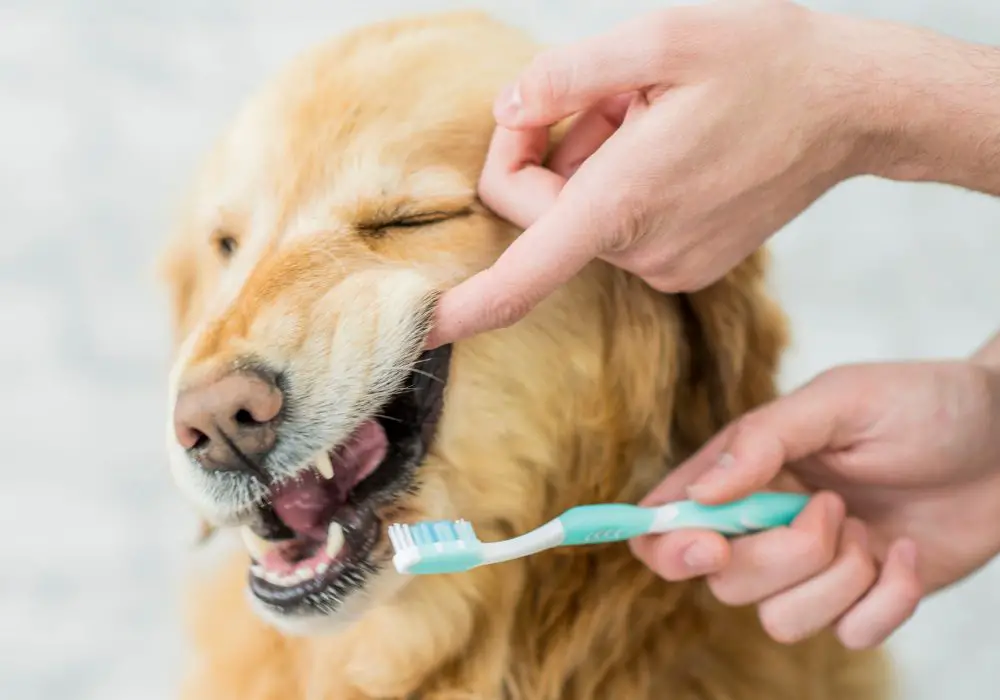
Preventing dental disease is much easier than correcting it. Here are some key tips for keeping your puppy’s teeth sparkling clean:
Start Brushing Early
Begin gently wiping the teeth with gauze or a washcloth starting a few weeks after birth. Progress to brushing with a soft puppy toothbrush and toothpaste daily. Establish this routine early so your puppy accepts it as normal.
Choose the Right Foods and Chews
Pick dry kibble that is crunchy but not too hard or large to chew safely. Avoid sticky foods that cling to teeth. Give specially formulated dental chews to help mechanically clean teeth.
Provide Appropriate Chew Toys
Redirect your puppy from chewing rocks, sticks and other objects that could fracture teeth. Provide softer rubber teething toys instead. Avoid bones, hooves and antlers that are too hard for puppy teeth.
Rinse After Eating
Swishing water or an oral rinse helps wash away debris. A finger brush wipe after meals removes some plaque before it hardens.
Discourage Bad Habits
Try to stop puppies from constantly licking, nibbling and sucking on objects which transfers bacteria to teeth. Limit sugar which bacteria feed on. Correct under or overbites with orthodontics if needed.
Seek Professional Cleanings
Take your puppy for an oral exam with dental x-rays by about one year old, or sooner if heavily stained. Veterinary cleanings remove tartar and detect any problems early.
Prioritize Oral Health
Schedule regular vet dental checkups. Never ignore symptoms like bad breath, loose teeth, gum swelling or oral injuries. Seek professional help at the first signs of disease. Be vigilant if your breed is prone to dental issues.
With knowledge and proactive care, you can ensure your puppy’s smile stays as bright as the day their permanent teeth come in!
How to Care for Puppy Teeth Showing Tartar or Plaque
Tartar and plaque on puppy teeth must be controlled right away to prevent progression to severe periodontal disease. Here are some effective at-home remedies:
Brush Daily
Gently but thoroughly brushing teeth at least once daily, preferably after eating, is the single best way to disrupt plaque before it hardens into tartar. Focus scrubbing on visible yellow-brown areas.
Use Dental Chews
Giving specially formulated chews supports mechanical removal of soft plaque. Seek veterinary brands enriched with plaque-fighting ingredients. Avoid too-hard bones and antlers.
Add Plaque-Fighting Rinses
Rinsing with water, dental solutions or a small amount of antiseptic mouthwash helps break up debris and kill bacteria. Do not use human mouthwash full strength.
Review Diet
Avoid soft, sticky foods that cling to teeth. Feed dry kibble shown to limit plaque, or add dental kibble as a mixer. Limit sugary treats.
Address Underlying Causes
Misaligned bite, defective enamel, oral injuries or illness may need correction and management. Retained baby teeth should be extracted.
Seek Professional Cleaning
To fully remove firmly adhered tartar, professional veterinary scaling and polishing will be needed, likely requiring anesthesia. Do not delay – puppy tartar quickly causes dental disease.
With dedication to brushing and other plaque-busting steps starting early, you can get puppy tartar under control before it takes over!
What is Involved in Professional Cleaning of Puppy Teeth?
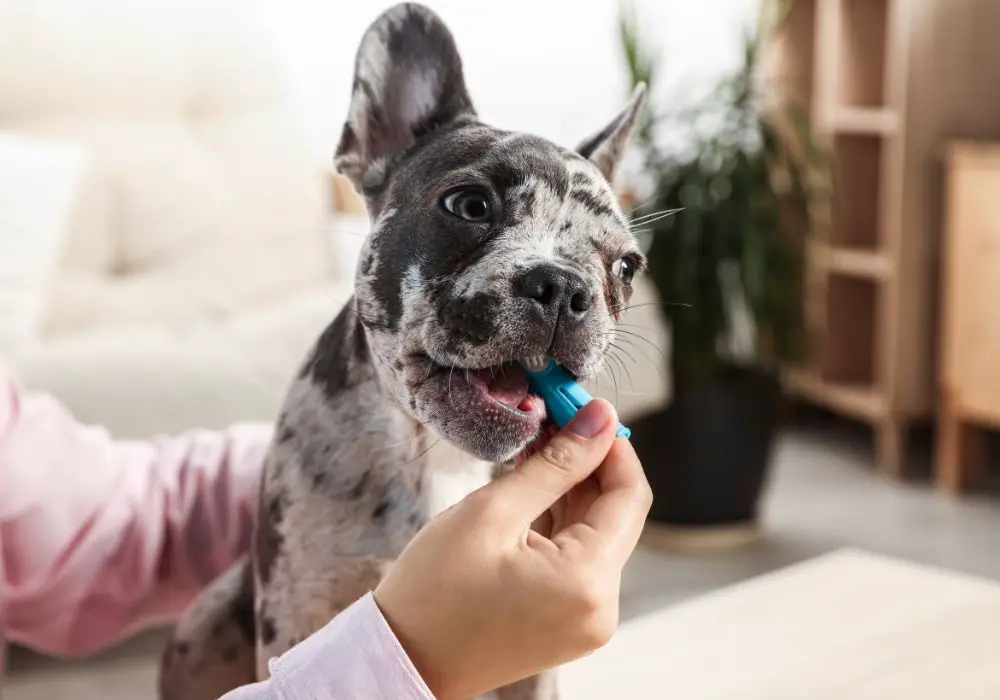
Veterinary dental cleaning is critical for puppies showing heavy tartar buildup, gum recession or other disease. Here is what to expect:
Pre-anesthetic exam: The vet will evaluate your puppy’s health status and risks to determine appropriate sedation and monitoring protocols. Bloodwork and imaging may be recommended.
IV catheter and fluids: An IV catheter enables sedative injection and continuous intravenous fluids during anesthesia for patient safety and quicker recovery.
Intubation: The puppy is intubated with an endotracheal breathing tube secured in place throughout the procedure. This protects the airway and allows anesthesia gas administration.
Dental x-rays: Full mouth dental radiographs are taken to evaluate below the gumline for abnormalities or tooth problems.
Anesthesia: Short-acting anesthetic agents allow your puppy to stay safely asleep during the cleaning and wake up promptly afterwards. Vitals are monitored closely.
Scaling: Metal scalers and other instruments are used to scrape plaque and tartar above and below the gumline. Ultrasonic equipment may also be used.
Polishing: Once debris is removed, tooth surfaces are polished smooth with a spinning rubber cup and paste. This helps inhibit new plaque adhesion.
Fluoride treatment: Fluoride applied after cleaning helps strengthen enamel.
Extractions: Non-salvageable, infected, or fractured teeth may be extracted. Baby teeth with fragments left behind are also removed.
Home care: Your vet will prescribe pain relief and antibiotics as needed. They should demonstrate brushing technique and recommend dental chews. Follow up appointments will be scheduled to check healing, additional x-rays, and ongoing care recommendations.
Regular professional dental cleanings combined with diligent brushing keeps your puppy’s smile sparkling and greatly reduces tooth loss. Puppies with heavy tartar should have their first cleaning around one year old.
Home Remedies to Try Whitening Discolored Puppy Teeth
Alongside professional veterinary cleanings and diligent homecare, you can try these natural remedies to gently lift some surface stains on mildly yellowed puppy teeth:
Coconut Oil
The lauric acid in coconut oil helps kill bacteria. Rub a thin layer gently on teeth daily. Start slow to ensure no digestion issues.
Apple Cider Vinegar
ACV has antiseptic benefits due to its acetic acid content. Add a teaspoon to your puppy’s water bowl or food. Rinse teeth with diluted ACV.
Baking Soda
The slight grittiness of baking soda makes it a gentle abrasive to lift surface stains. Mix a small amount with water into a paste and brush onto teeth. Rinse thoroughly after.
Enzymatic Chews
Chewing also removes debris mechanically and stimulates saliva flow. Look for veterinary brands with teeth-whitening enzymes and abrasives.
Strawberries
Strawberries contain malic acid which acts as an astringent and whitener. Lightly crush a few berries and mix the juice with water. Swish or brush onto teeth. The vitamin C also promotes gum health. Rinse well after.
Green Tea
The antioxidants in unsweetened green tea reduce inflammation and fight bacteria. Brew a cup, let it cool, and mix some into a rinse. Brush teeth with a soft brush dipped in the tea.
These natural home remedies will not dramatically whiten severely discolored teeth, but may brighten a shade and support oral health used regularly along with professional vet care. Never use human toothpaste or whitening products without consulting your veterinarian. With patience and proper care, your puppy’s smile will continue to get brighter!
Conclusion
Yellowing of puppy teeth is common but needs monitoring and prompt action if severe, extensive or symptomatic. While some yellow tinge is normal initially, the permanent teeth should regain gleaming whiteness by adulthood with proper nutrition, excellent home care and professional dental cleanings. Stopping plaque in its tracks before sizable tartar buildup occurs is ideal. With knowledge of causes, prevention and treatment, you can help your puppy’s smile sparkle for a lifetime. Be attentive, seek veterinary advice when concerned, and establish healthy habits right from the start, so your puppy’s glowing grin stays that way forever!

